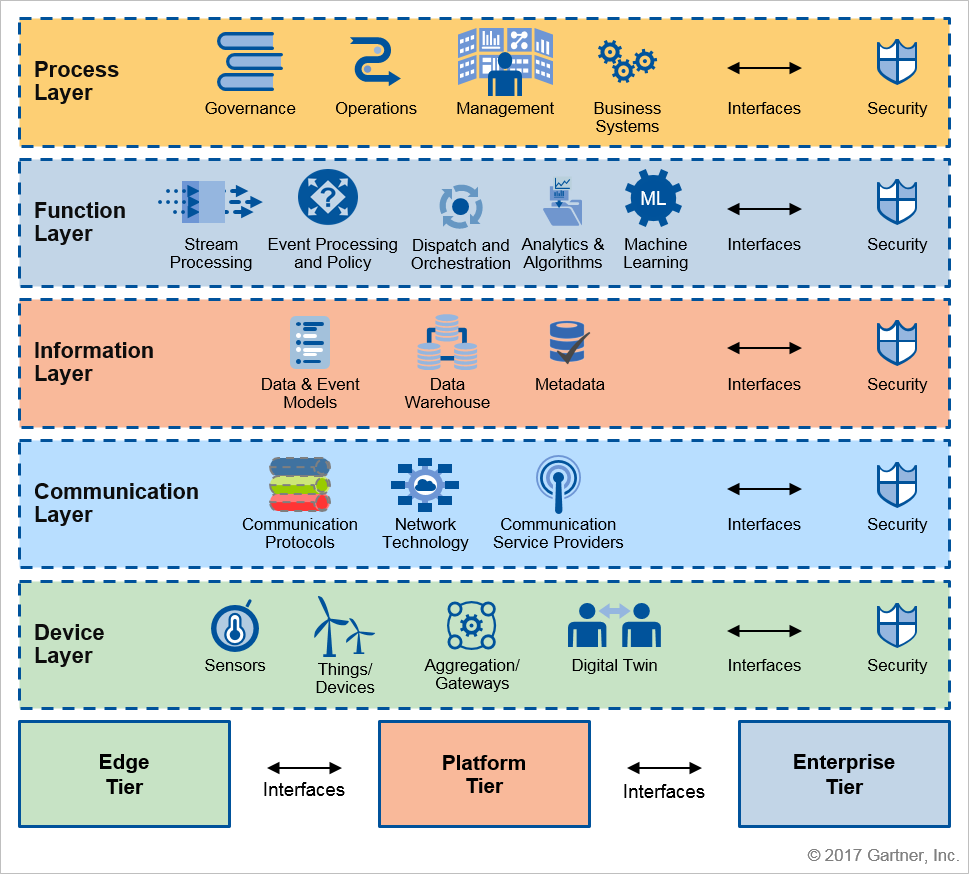Before the scope of data is even established
Over the last couple of years I’ve seen and employed a few new approaches that leverage new capabilities in adaptive intelligence (AI), machine learning (ML) and good old fashioned model training. I wanted to share some lessons learned and wasn’t sure what to call them as a package.
In thinking more about the concept of determinism, I’ve thought it somewhat apt in describing an IoT strategy that fully involved contemporary AI capabilities from day one of planning. Said strategy would take into account the advances from many vendors in the data science (and adjacent markets) space. These new capabilities allow you to incorporate an “ongoing optimization” approach in how to plan an IoT deployment. It’s kind of a big deal and the glut of marketing in that space as of late can make it hard to see where it’s making an impact.
This article takes you through the projects I worked on or lead between 2018-2020. There are a total of 12 projects I zoomed in on…out of almost 80 total. Each of these projects where selected on the following criterion:
- IoT Project – From Inception
- More than a POC – Was in production for more than 6 months
- Had AI and ML capabilities in the planning phase – Understood AI/ML Operational Roles
A fairly loose standard but useful in filtering down a long list. I contrasted these 12 against the rest first in how they set their goals. Now I had a reusable framework. Whats more, thanks to some creative analyst approaches…I had a 3rd party (neutral enough to use between vendors and users) from Gartner in their IoT Reference Model (2019 below),

By contrast, if you use extensible reference models and neutral frameworks…you can tackle the toughest IoT designs with much of the same best practice design principles. It has been my experience that using extensible reference models at the highest level, sets the project up for success in a collaborative environment.
In IoT projects that focus on environments like manufacturing, energy reporting/management, maintenance services optimization and more all include non-technical stakeholders. Non-technical at least by IT standards. Operational Technologies (OT) are the other side of the coin. In each of these projects you will encounter technical, OT stakeholders but their knowledge may look antiquated but to them it’s skyline cutting edge (for their industry). This is where some basic reference models will help.
Once you determine the intersections between IT and OT, you can develop a strategy and basis of design that sets the foundational for your data models. Training, optimizing and learning from these models is where you AI/ML work can begin. The key difference here is you have a very clear, well understood connection between highly technical concepts like AI/ML to discreet business processes that your OT stakeholders support and/or manage.